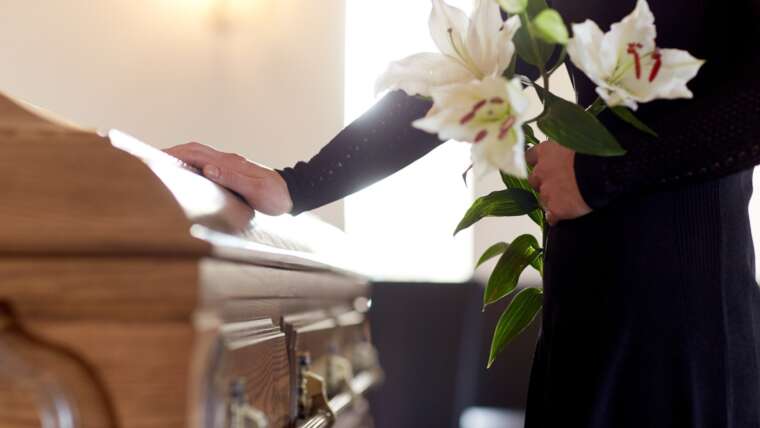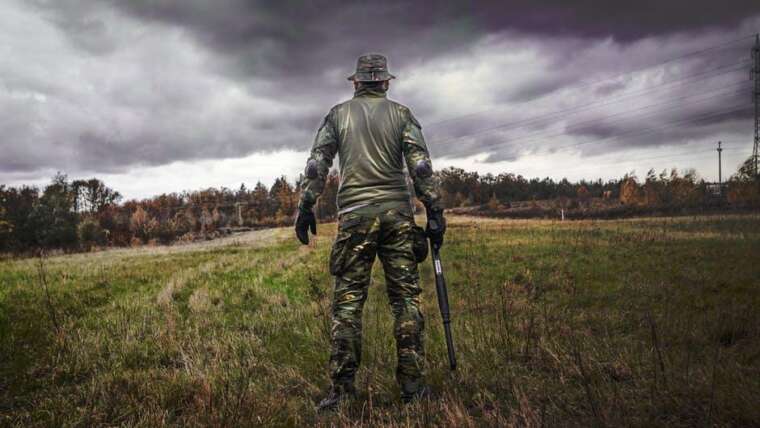
Food photography is an art form that extends beyond just plating a beautiful dish—it’s about capturing light, texture, and mood to create an image that tantalizes the senses. While angles, styling, and props all contribute to a great shot, lighting is the true secret ingredient that can make or break a food photograph.
One of the most powerful tools in a food photographer’s arsenal is golden hour lighting—the soft, warm glow that occurs just after sunrise and before sunset. Whether you’re a professional food blogger, a chef looking to market your creations, or a social media influencer posting recipes, understanding how lighting transforms food photography is crucial to standing out. Even high-quality professional stock images rely on masterful lighting to enhance their appeal.
This guide explores how golden hour lighting and other light sources can elevate food photography, helping turn simple dishes into visual masterpieces.
Table of Contents
- 1 Why Lighting is Essential in Food Photography
- 2 What is the Golden Hour and Why is It So Magical?
- 3 1. Choose the Right Location
- 4 2. Experiment with Angles
- 5 3. Use Reflectors to Balance Light
- 6 4. Keep the Colors Warm and Natural
- 7 5. Capture Motion for More Lifelike Images
- 8 1. Use Artificial Warm Lighting
- 9 2. Adjust White Balance in Editing
- 10 3. Utilize Professional Stock Images
- 11 Final Thoughts: Light as the Secret Ingredient in Food Photography
Why Lighting is Essential in Food Photography
Before diving into the specifics of golden hour lighting, let’s explore why lighting is so crucial in food photography:
- Defines Texture & Detail: Good lighting enhances the crispy edges of fried chicken, the delicate frosting on a cupcake, or the rich layers of a lasagna.
- Creates Mood & Emotion: Soft, warm lighting evokes a cozy, homemade feel, while high-contrast lighting adds drama and intensity.
- Enhances Color & Freshness: Lighting helps food appear more vibrant, fresh, and appetizing, making it look as good as it tastes.
- Controls Shadows & Highlights: Strategic lighting prevents harsh shadows or overexposed areas that can ruin a shot.
Great lighting doesn’t just illuminate food—it tells a story. Whether it’s a bright breakfast scene, a moody candlelit dinner, or a golden sunset picnic, light sets the tone and emotion of your food photography.
What is the Golden Hour and Why is It So Magical?
Golden hour occurs twice a day—shortly after sunrise and just before sunset. This is when the sun is lower in the sky, creating a softer, warmer, and more diffused light that eliminates harsh shadows and adds a gentle glow.
Why Golden Hour Works for Food Photography:
- Soft Shadows: Unlike midday light, which creates harsh contrasts, golden hour light is diffused and natural.
- Warm Tones: The sunlight has a golden tint, enhancing warm colors like reds, yellows, and oranges, making food look rich and appetizing.
- Dimensional Lighting: The angled light naturally creates depth and dimension, giving food a three-dimensional appearance.
Golden hour lighting is perfect for outdoor food shoots or for capturing lifestyle shots that evoke warmth and nostalgia. It’s often used in picnic settings, farm-to-table photography, and relaxed brunch scenes.
How to Use Golden Hour Lighting for Stunning Food Photos
1. Choose the Right Location
- If shooting outdoors, position food in a spot with open sky exposure to capture the full warmth of golden hour.
- If shooting indoors, place food near a window facing west or east to take advantage of the sun’s golden glow.
- Be mindful of reflections and glare—use diffusers or white foam boards to soften the light.
2. Experiment with Angles
- Backlighting: Position the light source behind the dish to create a halo effect around steam, drinks, or glossy textures.
- Side Lighting: Helps emphasize textures and layers (great for sandwiches, cakes, and soups).
- 45-Degree Angle: A balanced option that showcases depth without overpowering shadows.
3. Use Reflectors to Balance Light
Golden hour light is warm, but it can sometimes create uneven highlights or shadows. A simple white reflector (or even a piece of white foam board) can bounce light back onto the dish to create a more even and flattering effect.
4. Keep the Colors Warm and Natural
During golden hour, your camera may capture colors with a more intense warmth than expected. To keep food looking natural:
- Adjust white balance settings to “daylight” or “shade” mode.
- Avoid over-saturating warm tones in post-processing.
- Let natural golden hues enhance, rather than overwhelm, the food’s true colors.
5. Capture Motion for More Lifelike Images
Golden hour light works beautifully for capturing motion in food photography:
- Drizzling honey or syrup over pancakes.
- Pouring coffee or wine into a glass.
- Steam rising from a hot dish.
Adding movement to your food photos brings them to life, making them more engaging for audiences.
Alternatives to Golden Hour: How to Achieve Similar Effects Indoors
While golden hour is ideal for natural food photography, not everyone can shoot during these fleeting windows of time. Here’s how you can replicate golden hour lighting indoors:
1. Use Artificial Warm Lighting
- Softbox lights with warm gels can mimic golden hour’s warm tones.
- LED panel lights allow you to control the intensity and warmth.
- Candlelight or warm fairy lights add a cozy ambiance.
2. Adjust White Balance in Editing
If your indoor shots feel too cool, adjust:
- Temperature (Kelvin scale) towards warm tones.
- Shadows & Highlights to create softer contrast.
- Saturation & Vibrance to subtly enhance golden hues.
3. Utilize Professional Stock Images
If you don’t have access to golden hour lighting, professional stock images can be a great alternative. Many stock food images are shot using golden hour techniques, making them perfect for social media, websites, and marketing materials.
Tip: If using stock images, choose ones that match your existing brand aesthetic and customize them with overlays, text, or filters to maintain consistency.
Final Thoughts: Light as the Secret Ingredient in Food Photography
Golden hour isn’t just about good lighting—it’s about creating an experience. Whether capturing the warmth of a family dinner, the freshness of a morning coffee, or the richness of a decadent dessert, lighting transforms simple food photography into a work of art.
For food bloggers, restaurant owners, and influencers, mastering lighting is the key to producing images that sell, engage, and inspire. Whether you’re shooting during golden hour, using professional stock images, or replicating natural light indoors, the right lighting techniques will elevate your food photography to new levels.
So, next time you set up for a food shoot, consider how lighting can enhance the story, mood, and flavor of your images—because in food photography, the best dish is the one that looks as good as it tastes.


